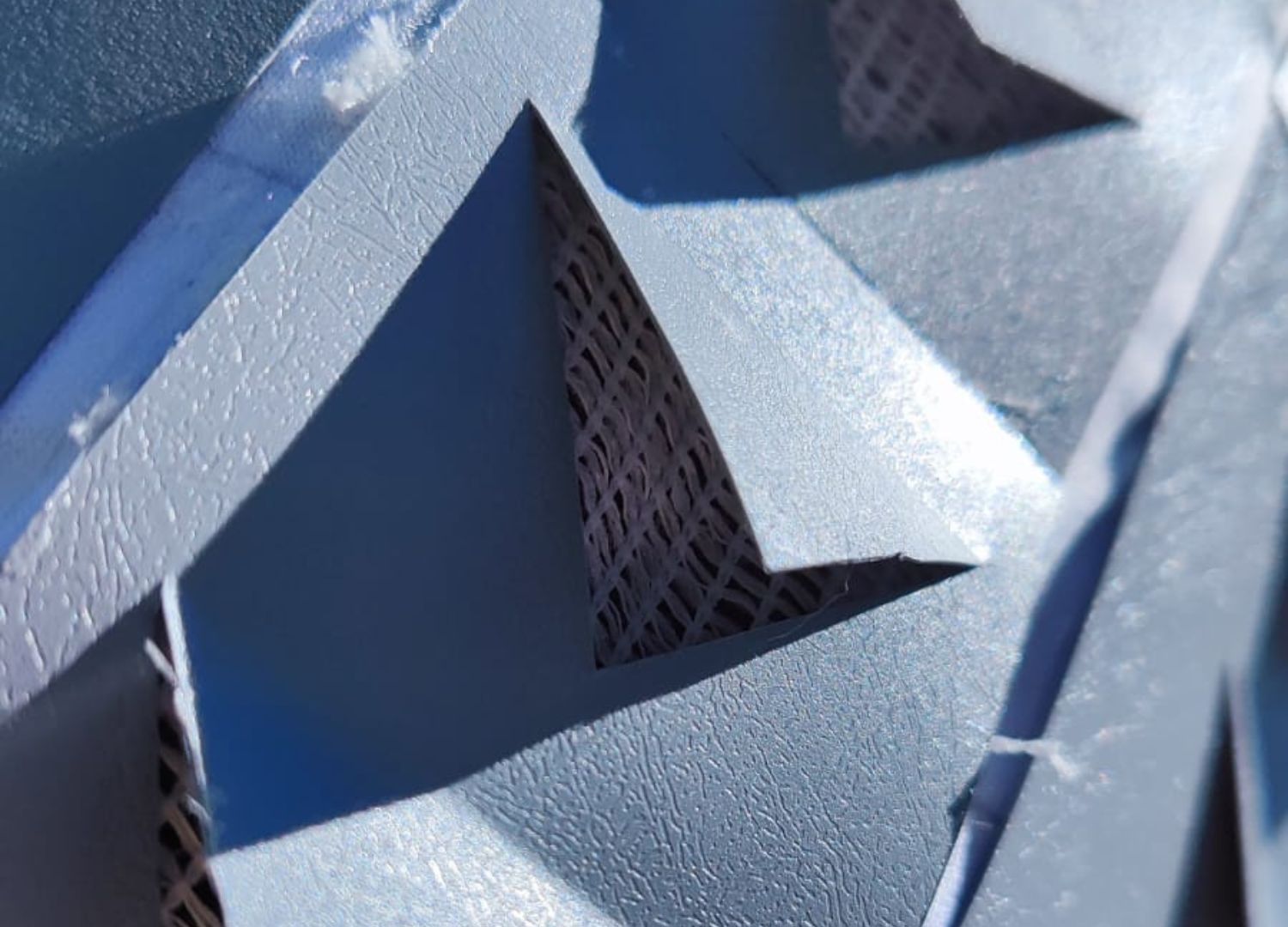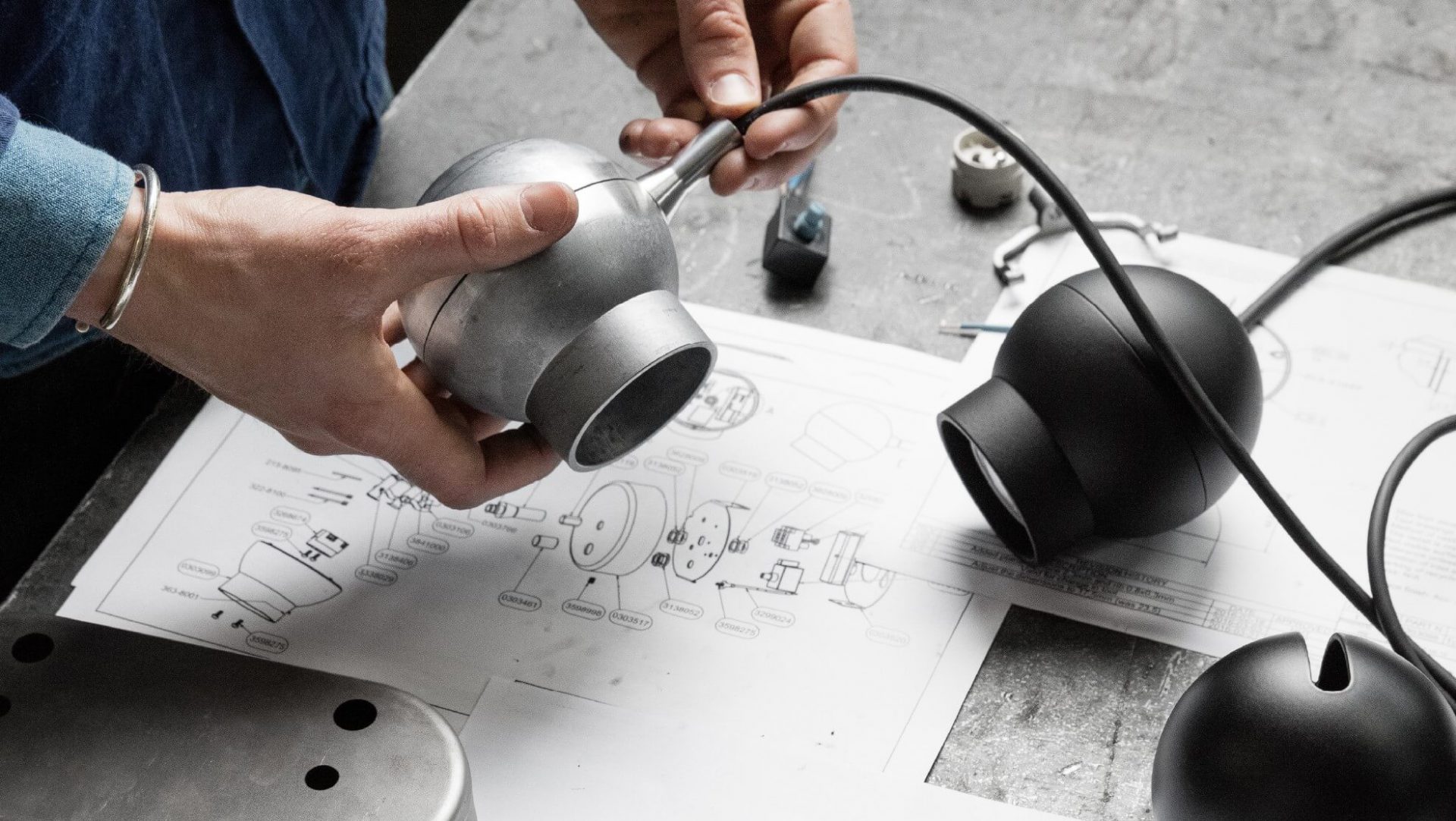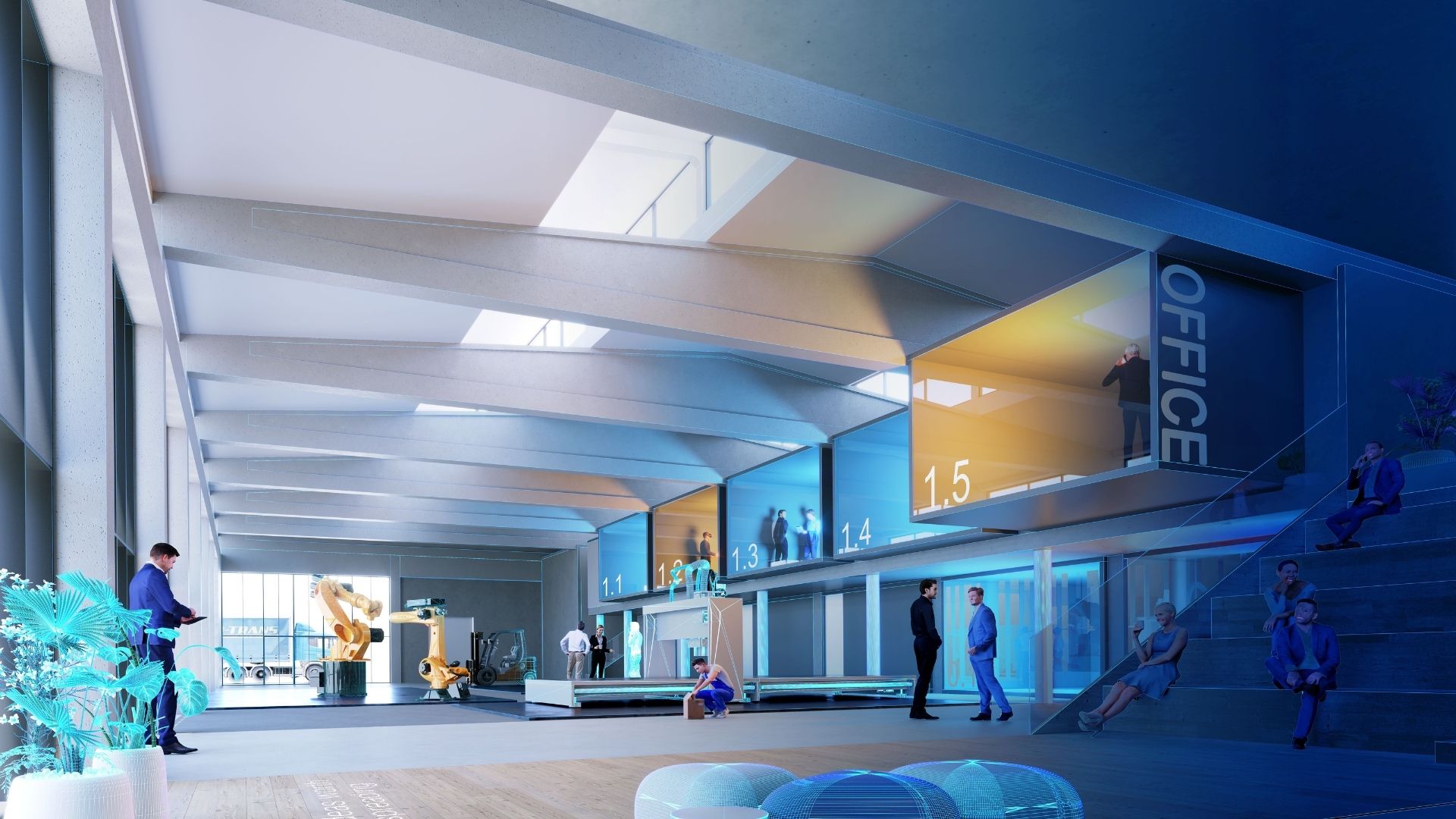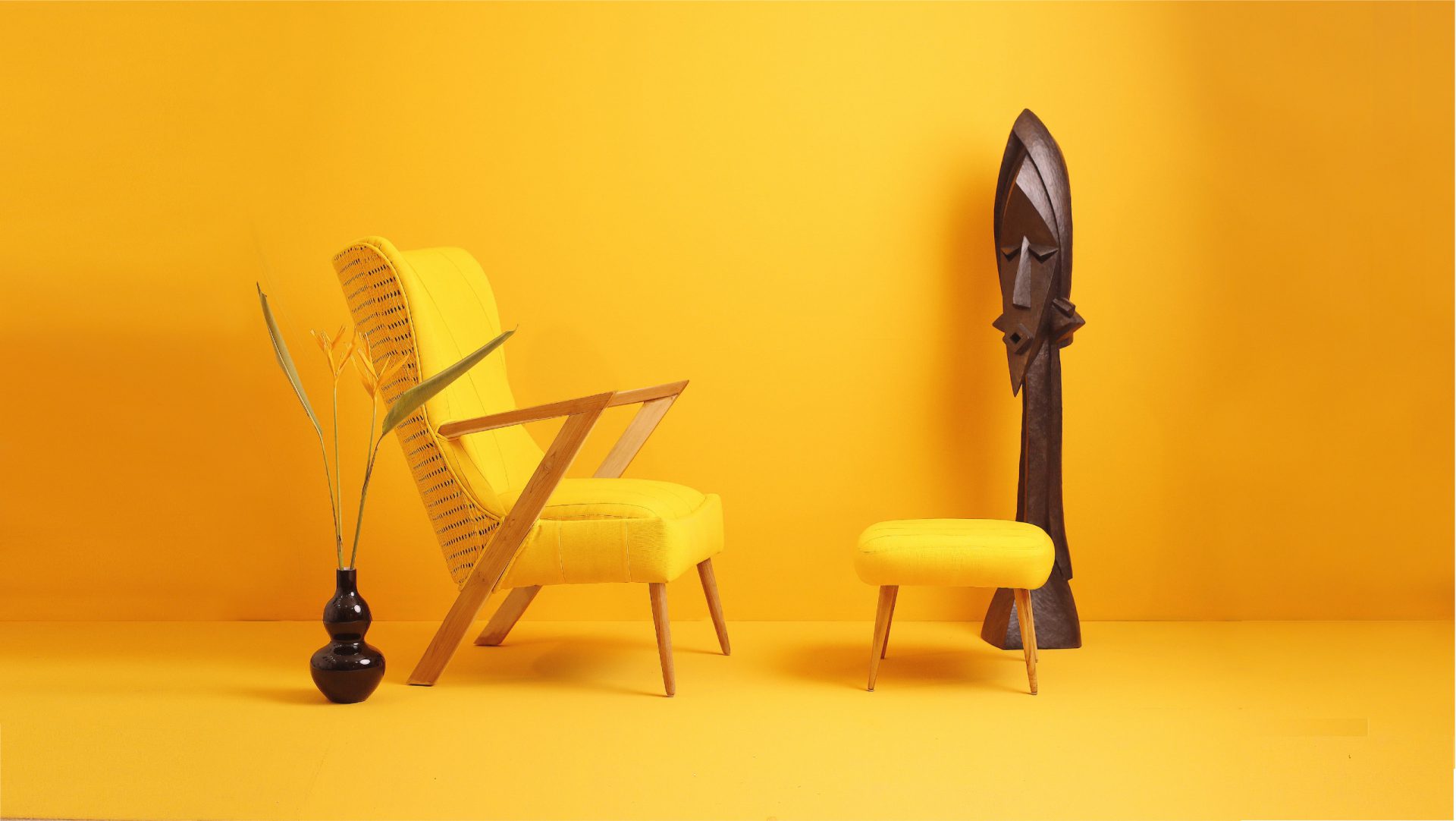Smart Work Wear: an outdoor shirt using smart materials developed by MIT
By incorporating deformable fins on the back, the shirt facilitates enhanced ventilation for the wearer’s body, thereby improving comfort

In a recent event, we had the privilege of serving as jury members for the ‘Design for a Better Future’ contest hosted by Quantumleap. Our role involved evaluating the submitted projects to identify the most outstanding ones. One of the deserving winners was Raul Andres Enriquez Villaroel, a talented student who developed the remarkable project known as Smart Work Wear.
Villaroel’s background involves currently pursuing the fourth semester of the Product Design program at the Universidad de las Américas (UDLA). Within graphic design, he has gained experience as the head of the marketing department at the Club de Oratoria y Debate ESPE (CODE). Currently, he is employed as a digital art designer and community manager at Encuentro Brewing.
We engaged in a conversation with Raul, posing a series of questions in order to gain insights into the development process of his project and to understand the valuable lessons he has acquired as a student in the design field.
Could you tell us a bit about the Smart Work Wear project that won you the prize? What was your inspiration behind it?
Raul Andres Enriquez Villaroel:
“My project is called ‘Smart Work Wear,’ and it’s an outdoor work shirt. The idea arose from extensive research that highlighted a significant problem concerning the hazards of high temperatures in fieldwork today. Between June 2022 and August 2022, there were 20,000 heat-related deaths reported outdoors.
Leveraging smart materials developed by MIT, I have designed a garment that automatically activates when it reaches a specific temperature. The shirt features deformable fins on the back, enabling improved ventilation for the wearer’s body. Moreover, it maximizes heat transfer through its enhanced surface behavior.”

How do you think winning this prize will impact your future as a design student? Are there any specific goals or aspirations it has inspired you to pursue?
Raul Andres Enriquez Villaroel:
“It’s interesting how when I see representatives of talented and recognized individuals, I feel very distant from achieving that level of success. I often find myself trapped in a bubble that creates barriers to my own accomplishments. However, having had the opportunity to meet the judges and learn about their careers, I have come to realize that horizons are simply mental constructs.
Winning this award has motivated me to embrace more design challenges, knowing that I have received recognition in my first competition. This achievement marks the first step towards a promising future in my career.”

Can you share any insights or lessons you gained from participating in the contest? Did it influence your perspective on design in any way?
Raul Andres Enriquez Villaroel:
“Throughout the month-long competition, I encountered numerous emotionally challenging situations that posed obstacles to giving my best effort. Nevertheless, the valuable lesson I learned from this experience is that even in unfavorable circumstances, it is remarkable to realize that with a clear vision of one’s goals, coupled with patience and dedication, it is possible to achieve success. Furthermore, my deep passion for design and the creative process played a pivotal role in driving me forward.”
Are there any mentors or influencers who have played a significant role in your design journey and contributed to your success in this contest?
Raul Andres Enriquez Villaroel:
“There have been numerous individuals who have had a significant influence on me. I would like to mention a few notable ones. First and foremost, I hold great admiration for Destin Sandlin from the YouTube channel “Smarter Every Day.” His work in engineering and science has profoundly impacted my interest in technological development and understanding the inner workings of various phenomena.

Grant Sanderson from the YouTube channel “3blue1brown” has revealed to me the inherent beauty of mathematical rigor and its crucial role in comprehending the mechanisms behind many phenomena. Additionally, I am grateful for the contributions of my professors, who have played a vital part in shaping my perspectives. Collectively, these influences have enabled me to effectively conceptualize this project, integrating both technical and creative elements with precision.”
How do you envision your future as a designer? Do you have any specific areas or industries you would like to explore or specialize in?
Raul Andres Enriquez Villaroel:
“I’m still uncertain about the specific area of design I want to specialize in, but I have a strong interest in exploring the realm of developing new technologies, materials, and processes alongside engineering.”














